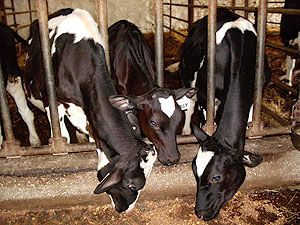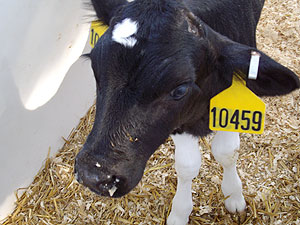Healthy Calf Conference
Follow to stay up-to-date on all Healthy Calf Conference updates. Speaker announcements, sponsorship information, registration announcements, and more.

Bovine respiratory disease (BRD) remains a common challenge and source of loss in calf raising. BRD typically arises from a misbalance between:
Whether a calf develops BRD is influenced by risk factors similar to other diseases, including diarrhea. The calf requires early immune protection from colostrum and sufficient nutrition to for growth and development. However, BRD is also heavily influenced by the environment. While housing and ventilation are critical, it can be particularly frustrating to have to manage BRD outbreaks in the face of fluctuating temperatures.

Often by the time BRD is identified, irreversible damage has been done to the calf’s lungs. Beyond the cost of treatment, this lung damage can result in many indirect costs due to decreased growth, increased mortality, increased age at first calving, and risk of dystocia in heifers. Research by Amy Stanton from the University of Guelph reinforces the long-term negative effects of BRD, such as:
If you are experiencing an ongoing, high incidence of BRD, work to identify causative agents and other risk factors such as poor ventilation and housing. Stanton also presents the following prevention strategies to give calves the best start:
It is particularly important to minimize stress at weaning; even if calves do not experience BRD, stress can yield other negative effects, likely resulting in a growth slump post-weaning. It is recommended to minimize and spread out stressors that have traditionally occurred all at once during weaning. When possible, individually housed calves could be introduced in small groups and to new feed before being moved to a larger group.
Consider how you can minimize BRD in your calves to ensure their best growth and future health.
Follow to stay up-to-date on all Healthy Calf Conference updates. Speaker announcements, sponsorship information, registration announcements, and more.
The Codes of Practice are nationally developed guidelines for the care and handling of farm animals. They serve as our national understanding of animal care requirements and recommended practices.